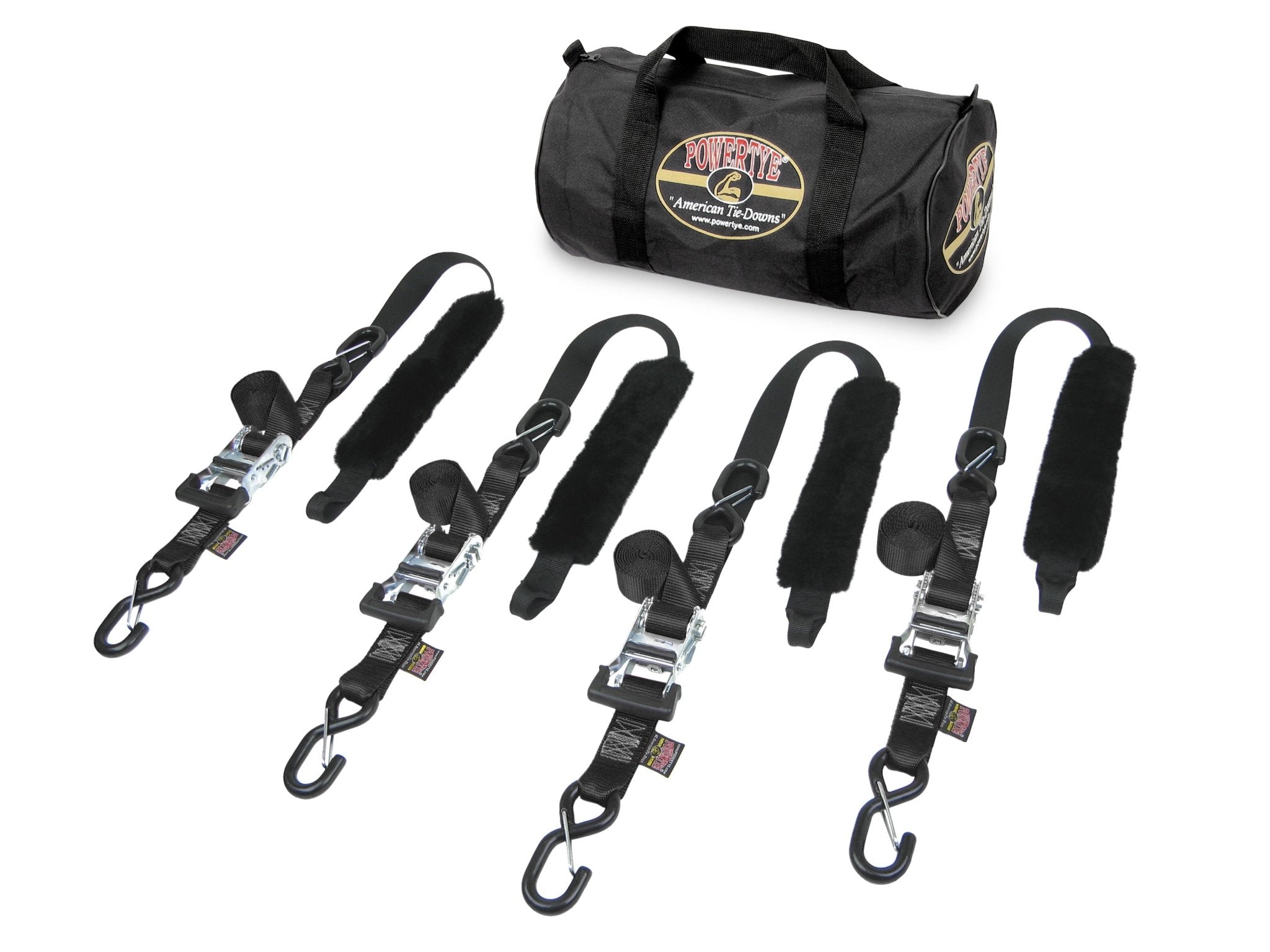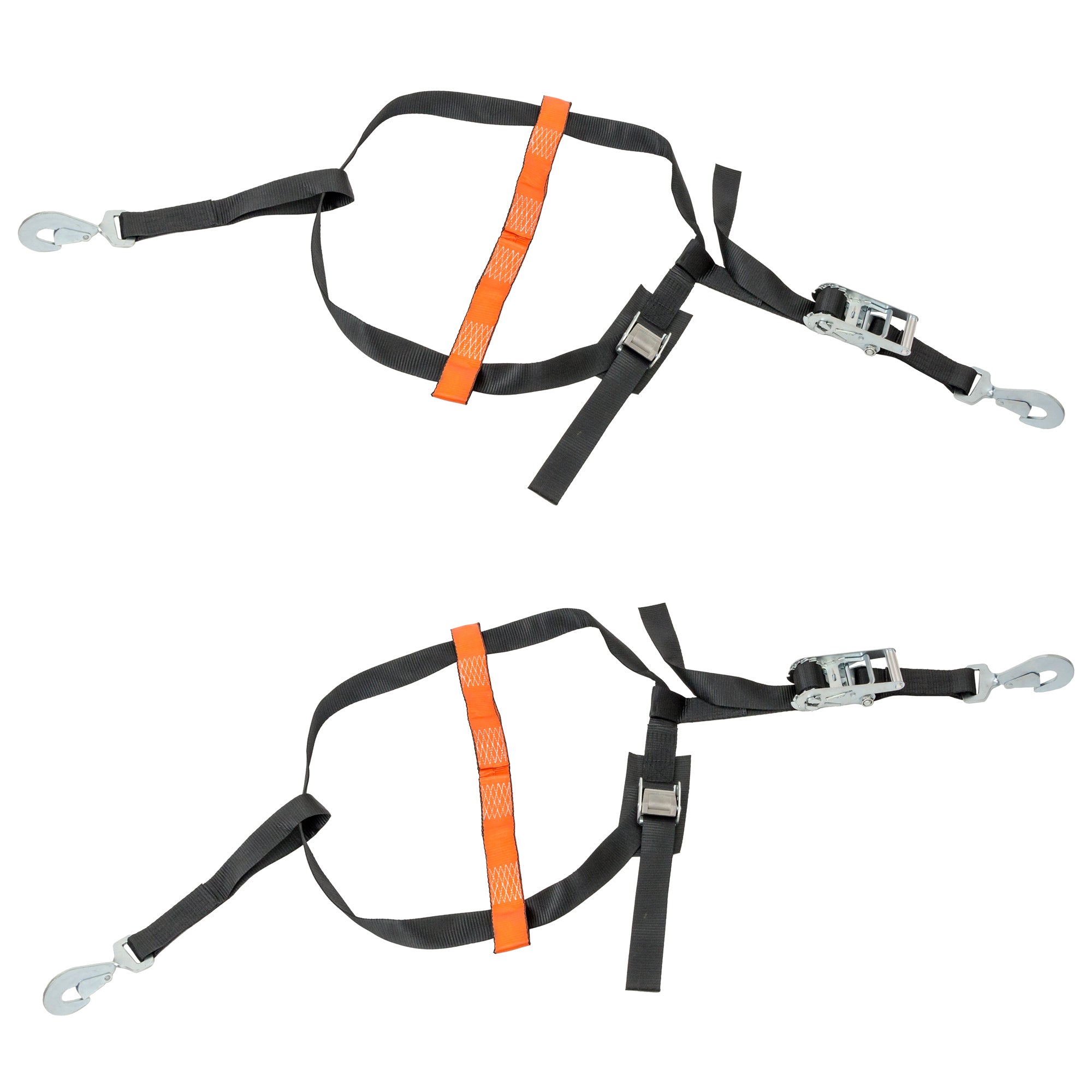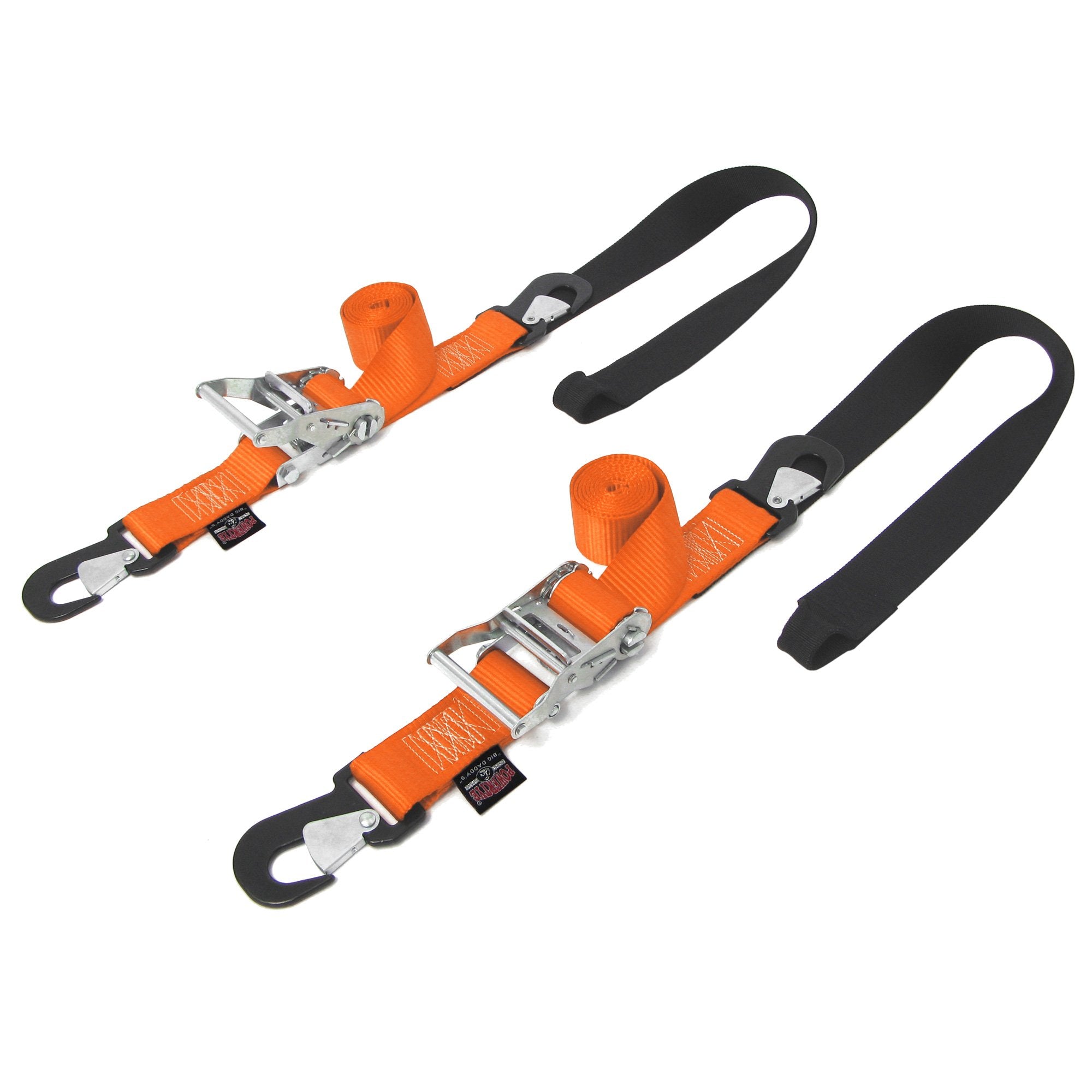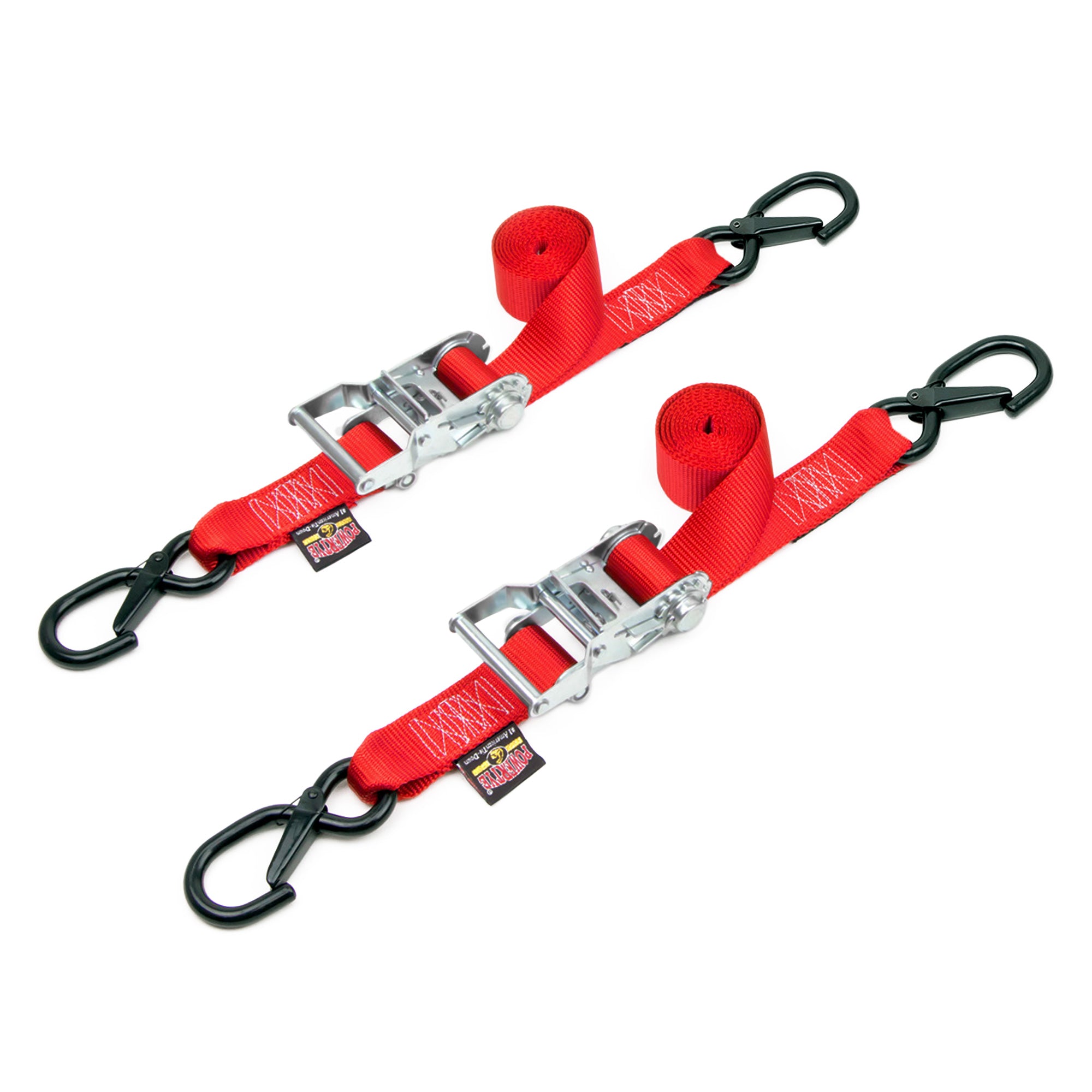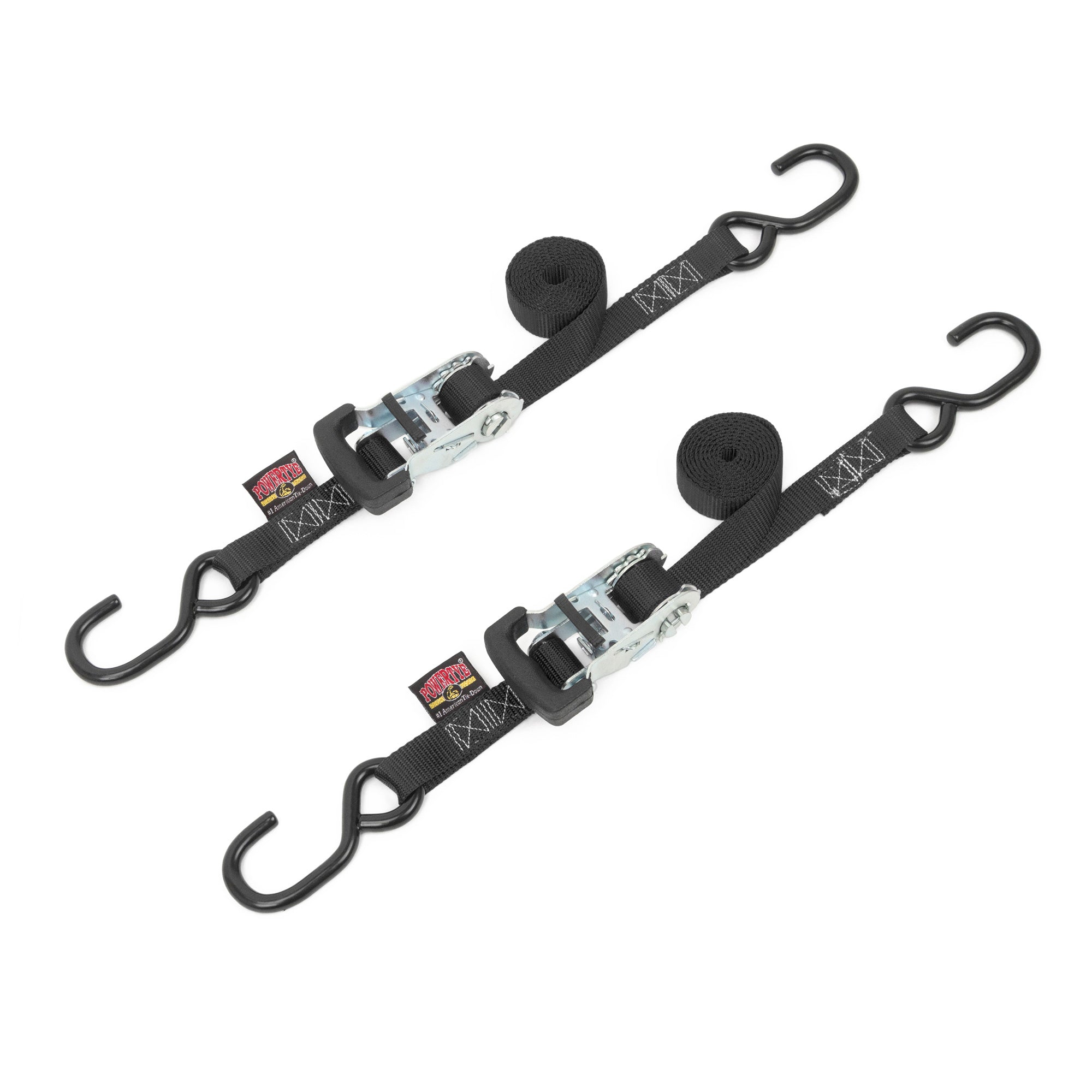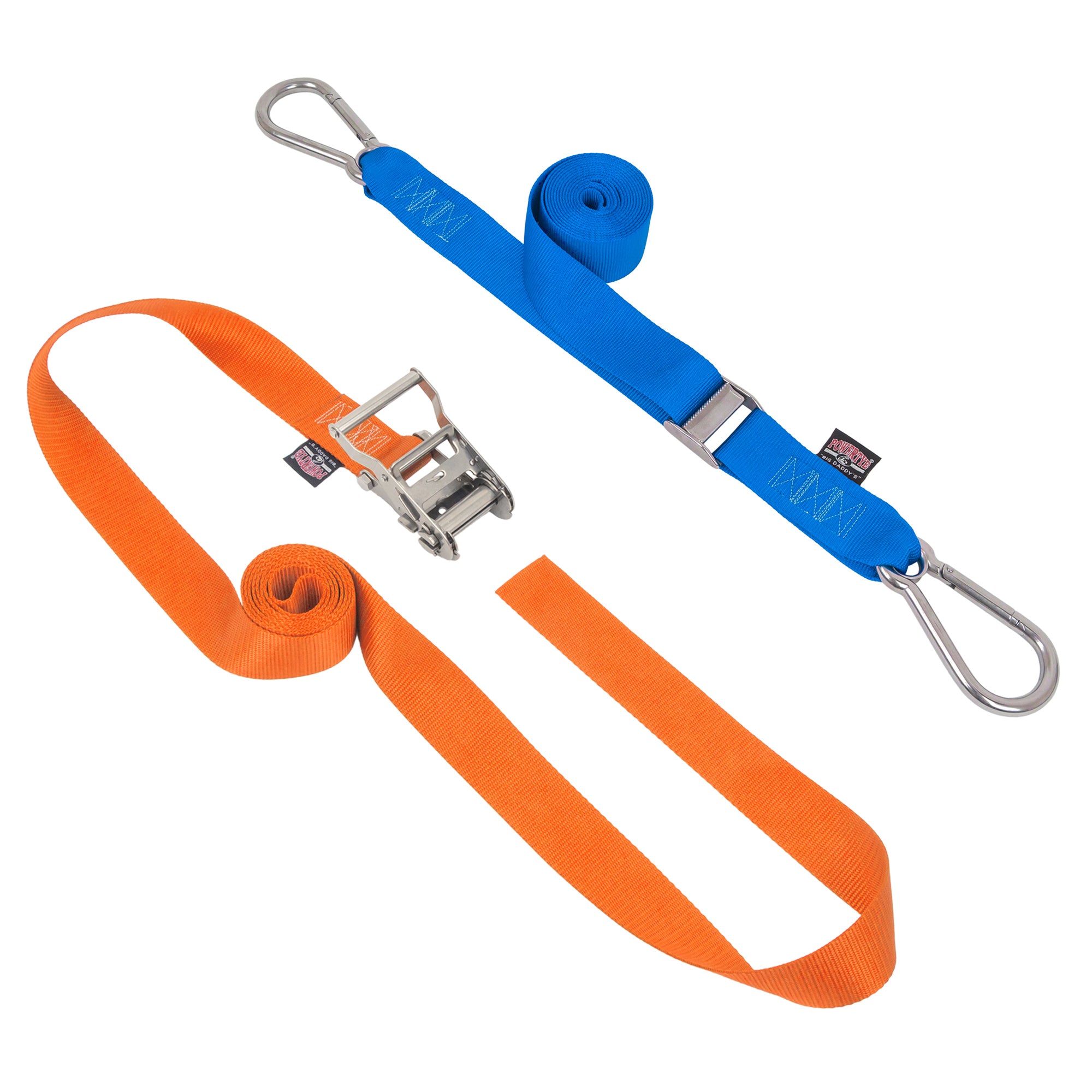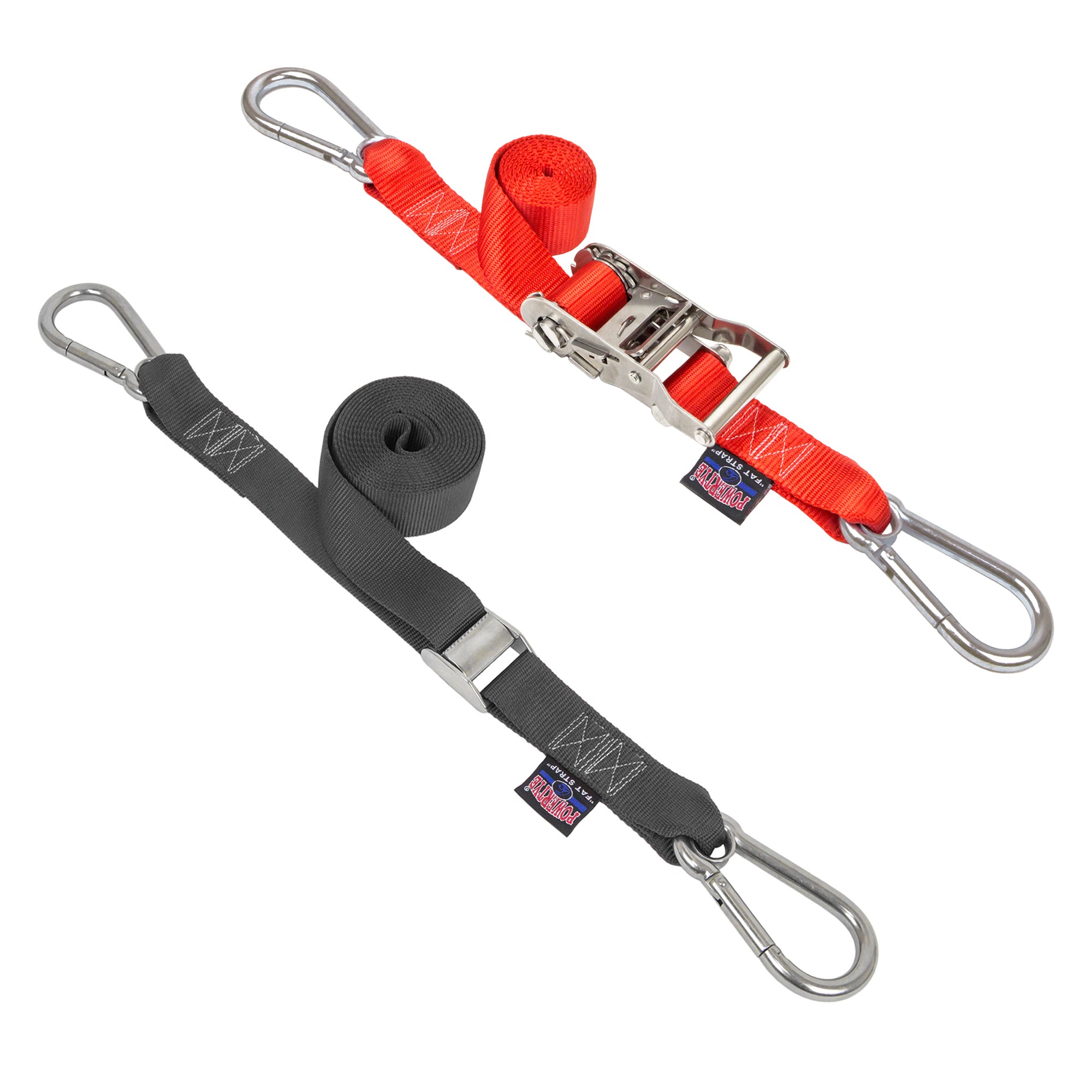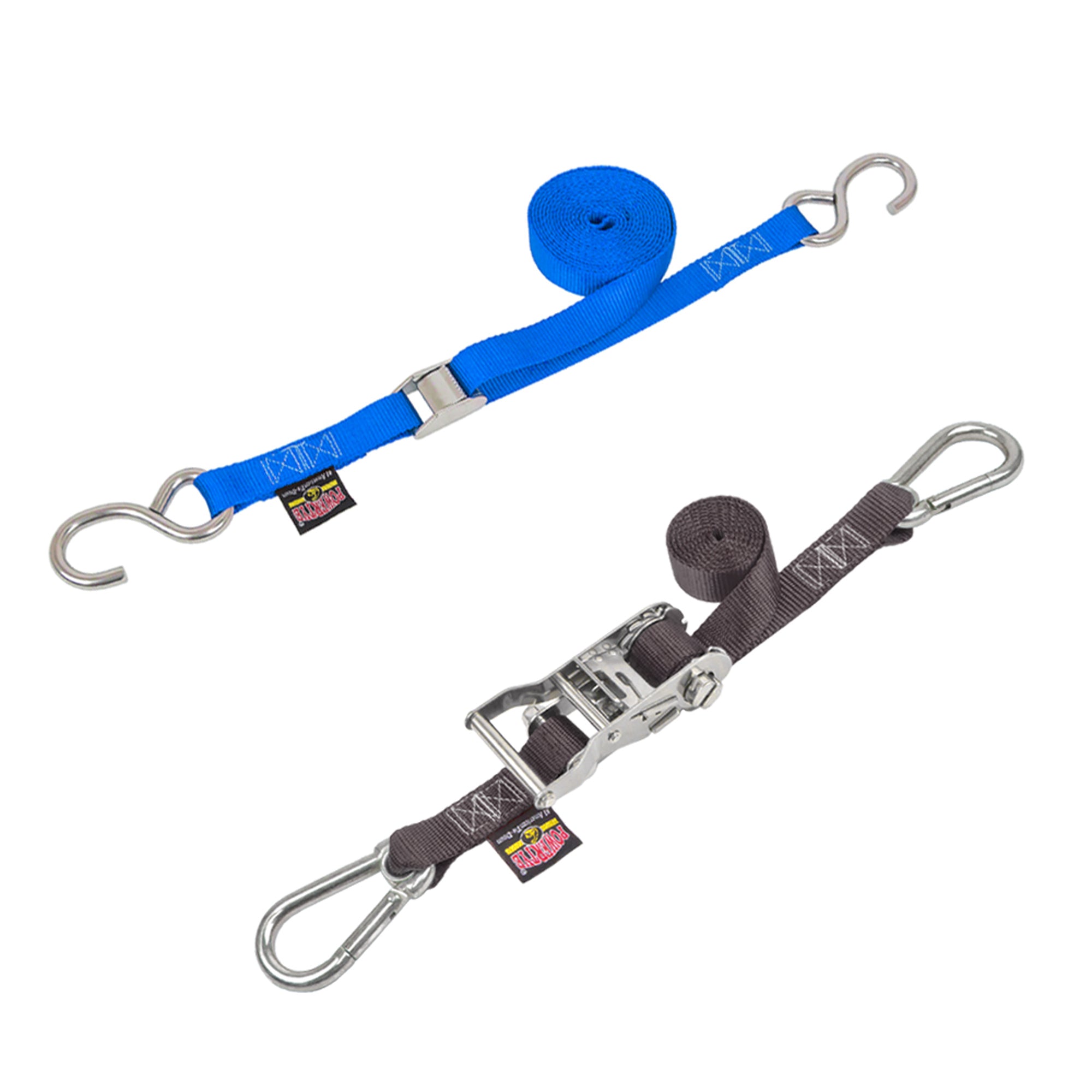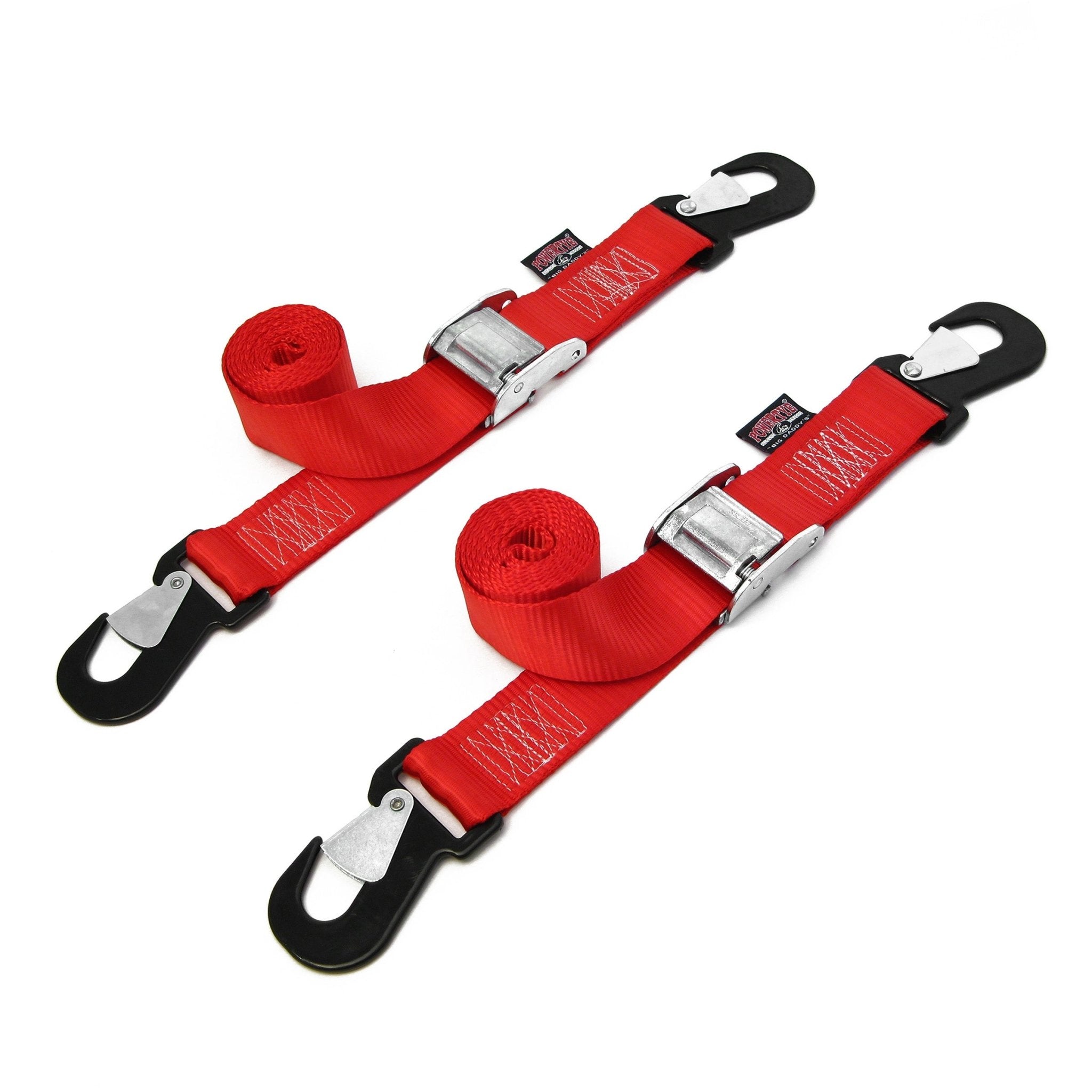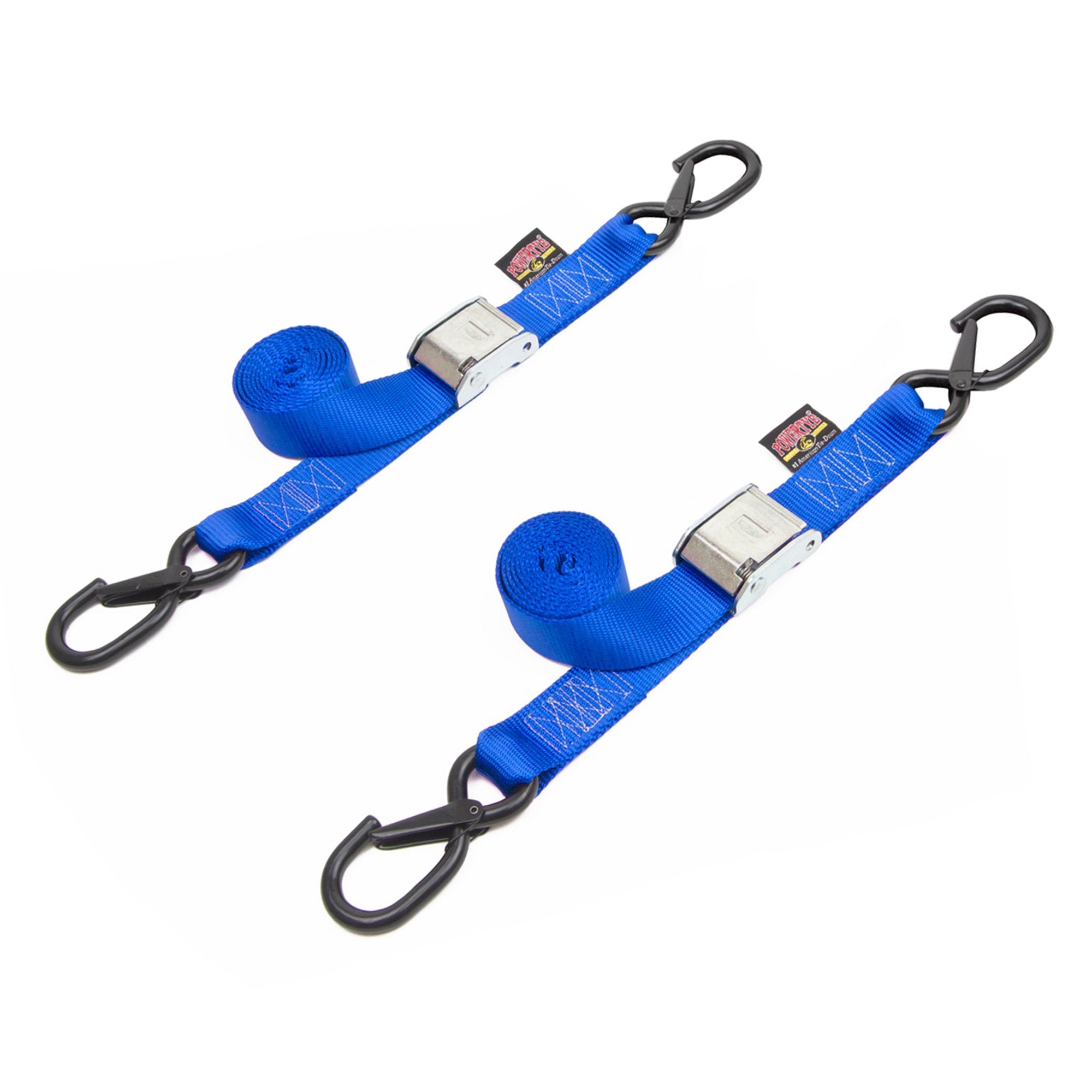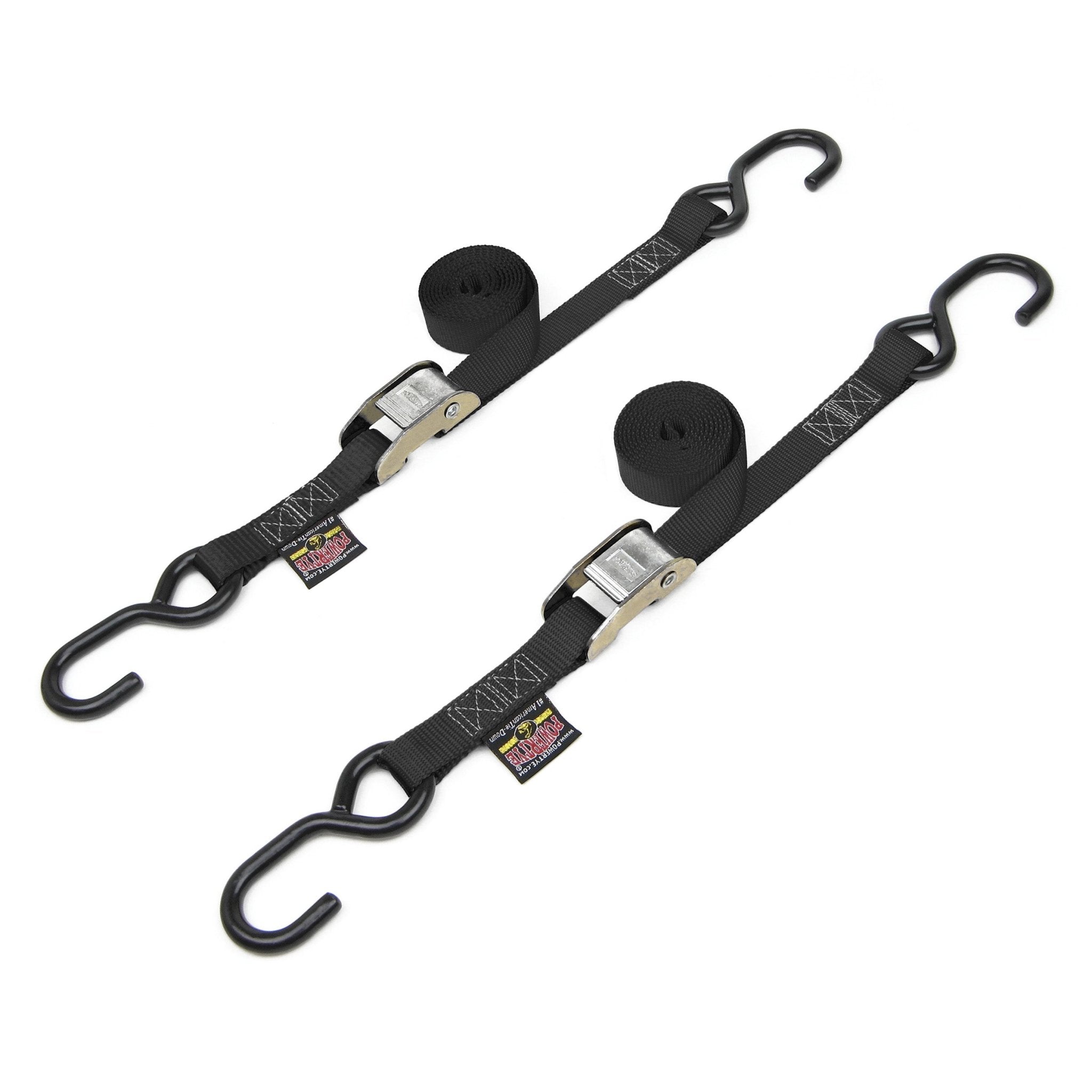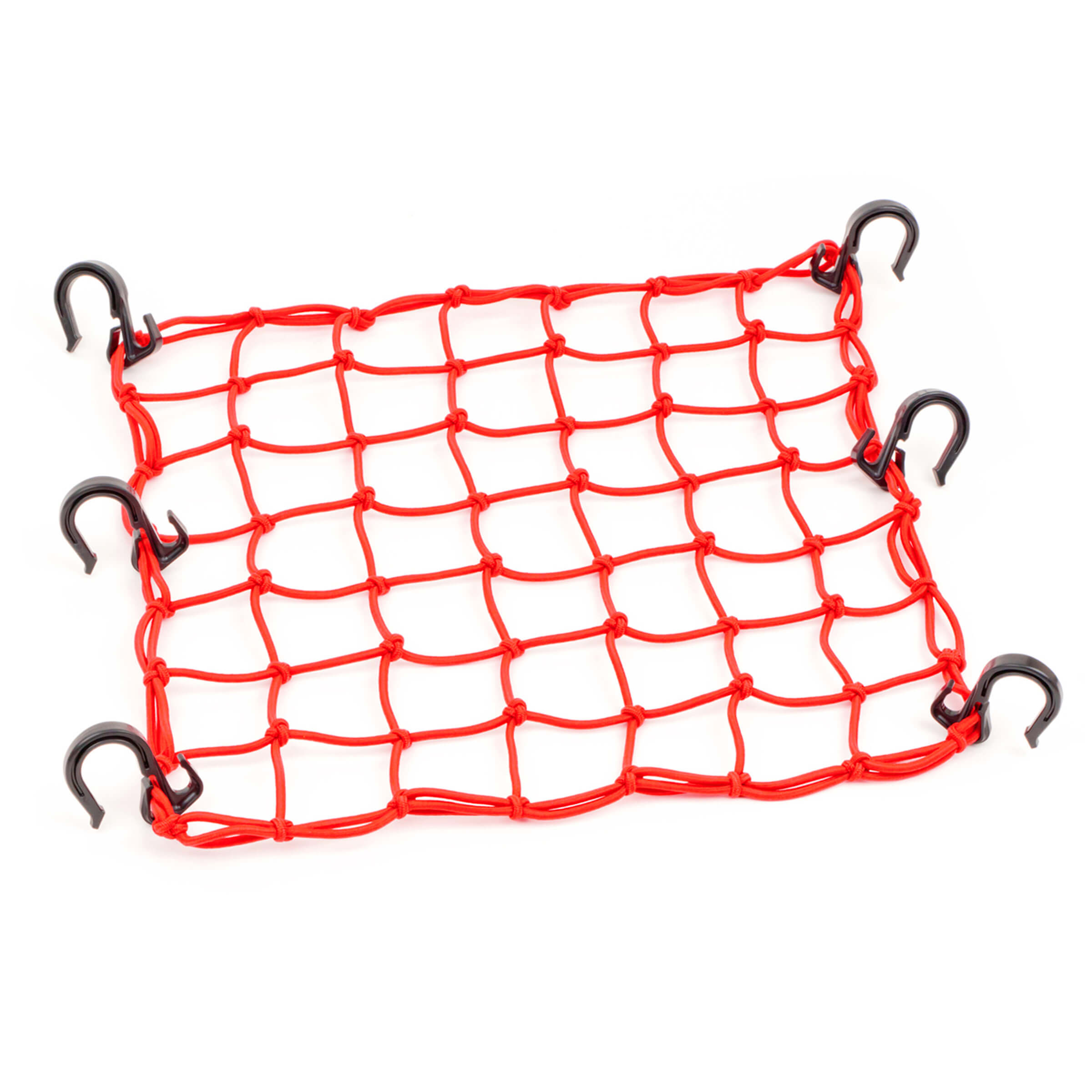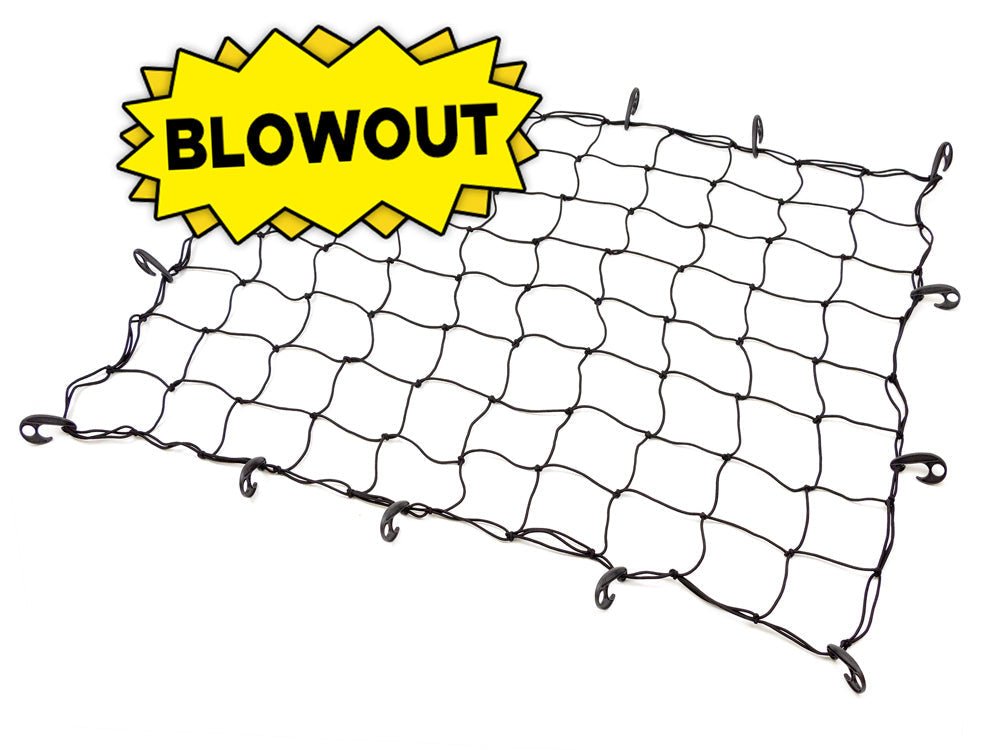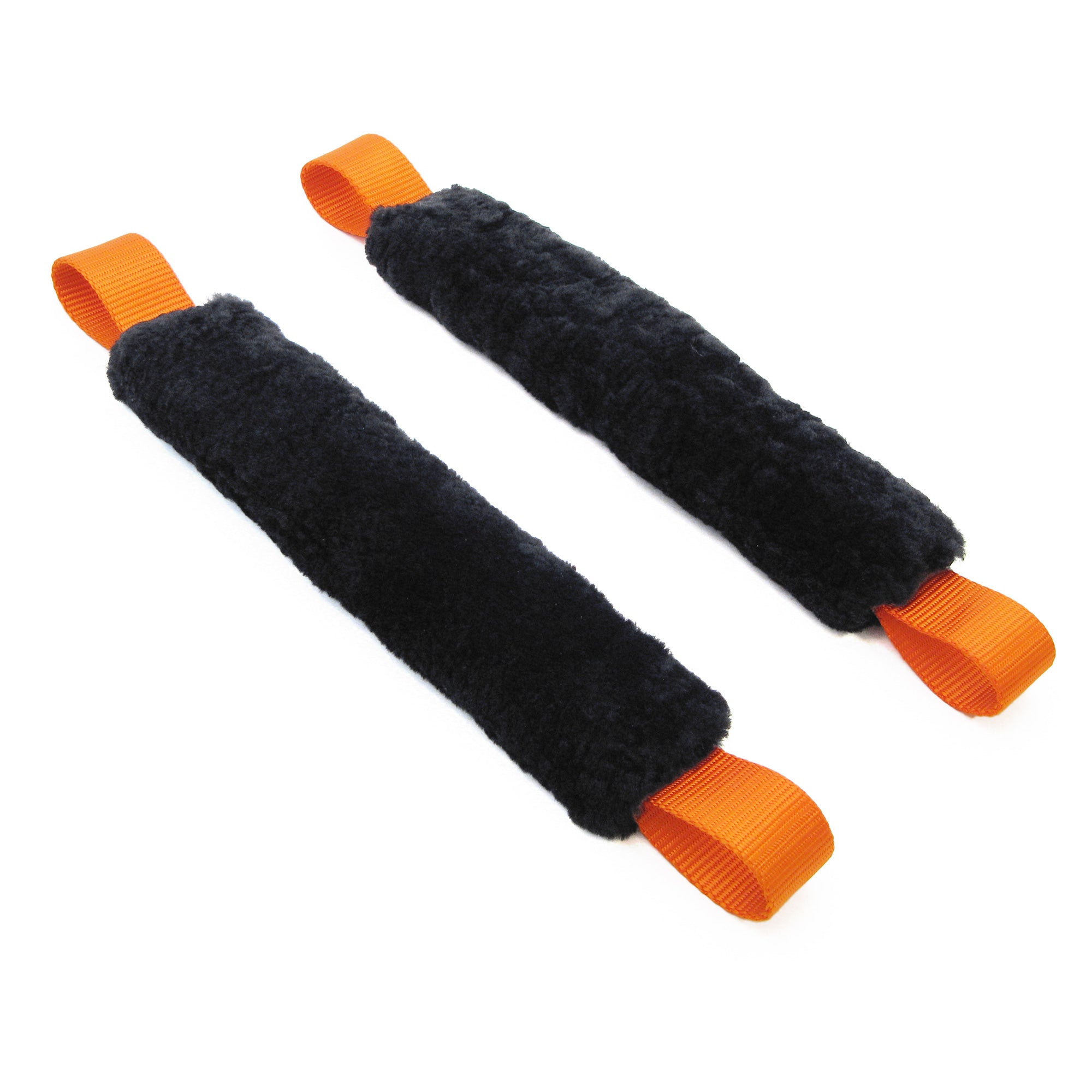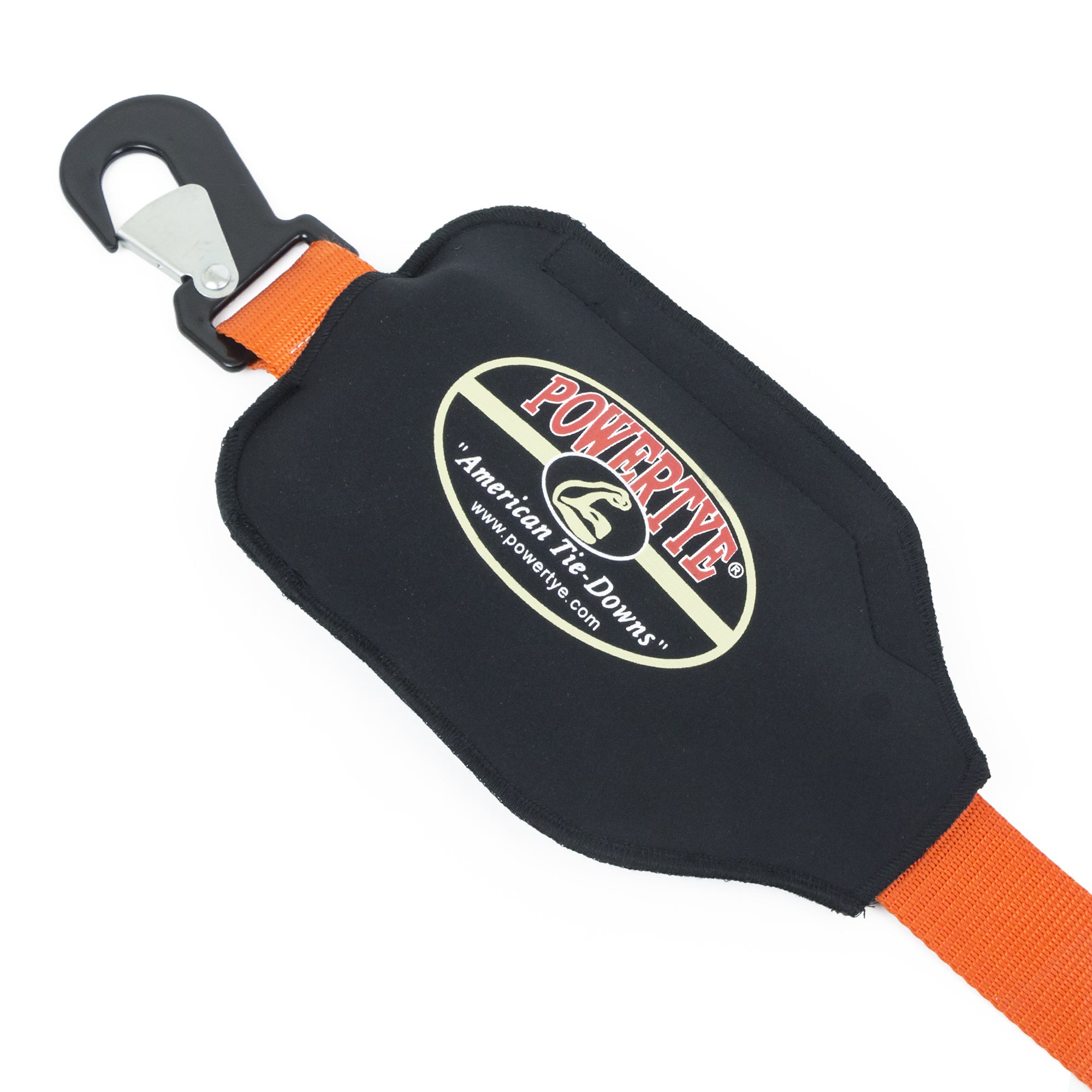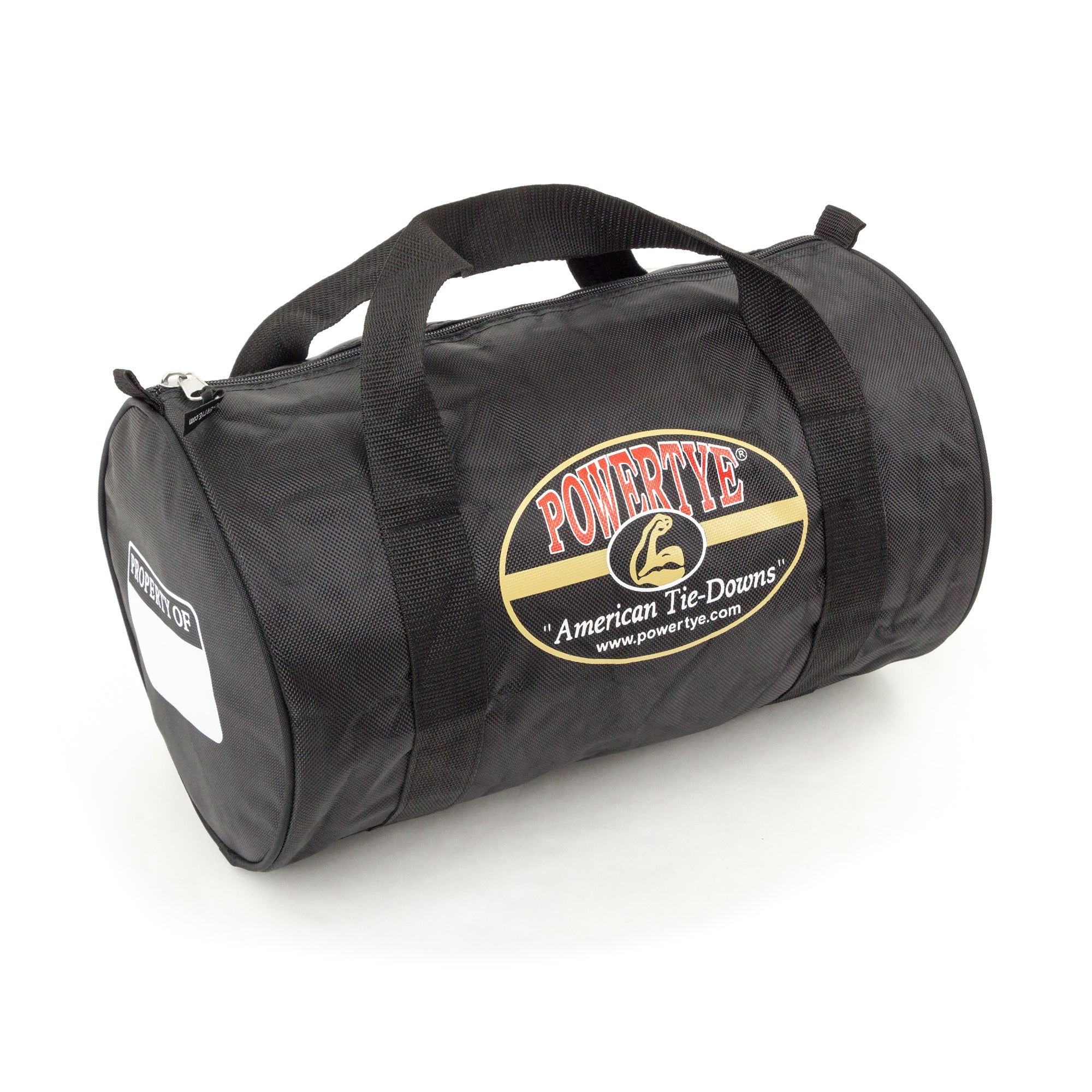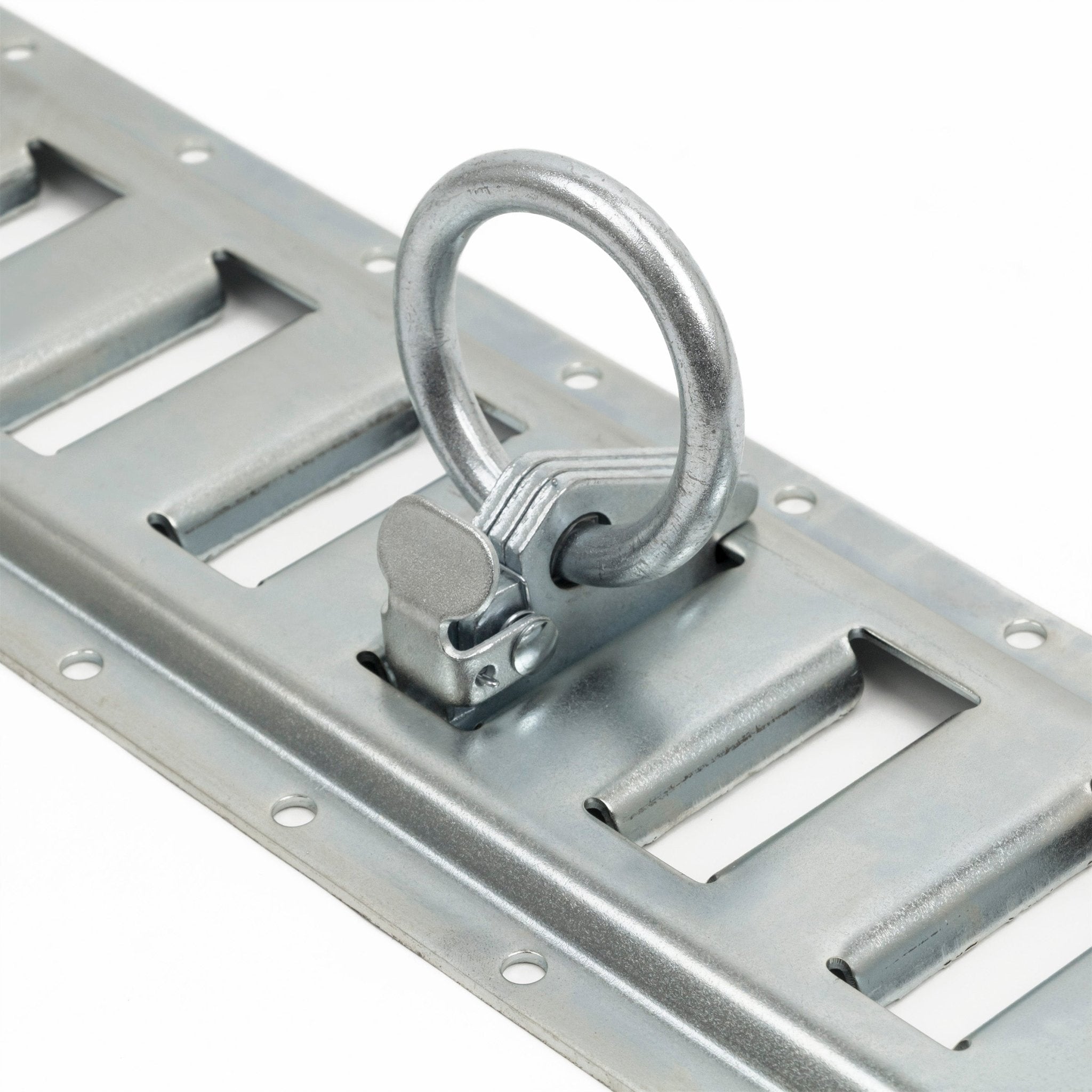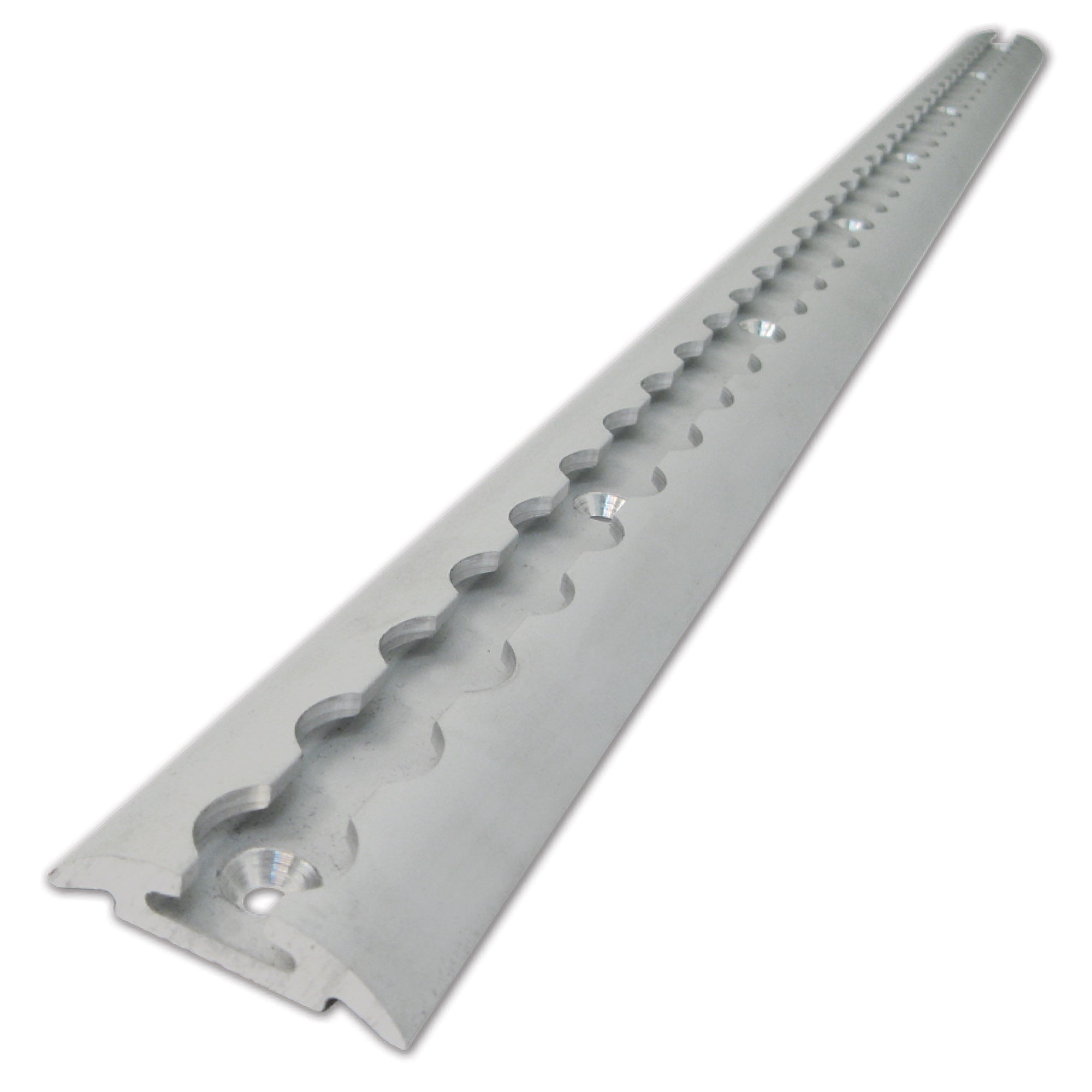Cargo Net 101: What It Is, When to Use It, and Why It Beats Bungee Cords
When you’re hauling gear, whether in your truck bed, on your motorcycle, or in the back of your SUV — the last thing you want is a tarp flapping or tools bouncing out on the highway. That’s where a cargo net comes in. It’s one of the simplest, most effective tools in the world of load security, and if you’re still relying on bungee cords, it might be time for an upgrade.
In this guide, we’re diving into the basics: what a cargo net is, how it works, when you should use one, and most importantly, why it outperforms bungee cords in nearly every situation.

What Is a Cargo Net?
A cargo net is a flexible, elastic or webbed net designed to hold, secure, or contain items in a defined space. Unlike a flat strap or rigid container, a cargo net conforms to the shape of the load — whether you’re strapping down a bunch of camping gear, a pile of tools, or your groceries.
Cargo nets usually include:
-
Elastic or non-stretch woven mesh
-
Multiple anchor points or hooks
-
Grid-style or knotted designs
-
Various sizes to match the vehicle or application
The idea is simple: rather than tying down each item individually, a cargo net can secure a whole pile of irregularly shaped gear — and do it in seconds.
Common Types of Cargo Nets
Cargo nets come in several styles depending on use case. Here are the most common categories:
1. Truck Bed Cargo Nets
Designed to cover the open bed of a pickup truck, these nets range from small (for short beds or partial loads) to oversized options that stretch over toolboxes, firewood, or entire moving loads.
2. Motorcycle Cargo Nets
Smaller, often stretchy nets with metal or plastic hooks — perfect for securing jackets, helmets, or backpacks to the rear seat or luggage rack of a bike.
3. ATV and UTV Nets
Designed to handle rugged terrain, these nets keep gear secure during bumpy rides and trail work.
4. Interior Cargo Nets
Often used in SUVs, hatchbacks, or trunks to keep groceries, sports gear, or luggage from shifting. Some are flat panels; others are hammock-style.
5. Trailer or Roof Rack Nets
Used to hold down loads on utility trailers or rooftop cargo carriers. These nets often feature extra-durable straps and more robust hooks.
When to Use a Cargo Net
Cargo nets are extremely versatile. Here are some perfect situations for putting one to work:
🔧 Hauling Tools and Equipment
Contractors, landscapers, and DIYers often toss buckets, drills, bags, or ladders into the back of a truck or trailer. A cargo net keeps everything in place, even during sudden stops.
🏕️ Camping and Outdoor Adventures
When you’re carrying coolers, firewood, tents, and bags, a net stretches over everything to hold it tight without crushing soft items like sleeping bags.
🛻 Daily Truck Use
Whether it’s a quick dump run or grocery run, a truck bed net keeps items from shifting or flying out.
🛵 Motorcycle Commuting
A compact cargo net lets you strap down a jacket, helmet, or backpack in seconds — ideal for quick errands or full commutes.
🧳 Road Trips
SUV cargo nets can keep loose bags, toys, or pet gear from rolling around, especially in hard-braking situations.
🚜 Off-Road Utility Work
For ATV and UTV users, gear shifts constantly on rugged terrain. A strong cargo net keeps toolkits, fuel cans, or fencing supplies firmly in place.
The Hidden Danger of Bungee Cords
Bungee cords are cheap, fast, and easy to find — but they come with serious limitations (and risks). Here’s where they fall short:
⚠️ 1. Lack of Surface Coverage
Bungee cords secure a single point or side. They don’t apply uniform pressure over a whole load. That means gear can shift, tip, or roll right out from under them.
⚠️ 2. Inconsistent Tension
Not all bungees are created equal. Some are too loose, some are too tight, and once stretched out, many lose their tension entirely. A cargo net spreads elastic force more evenly and predictably.
⚠️ 3. Hook Failures and Snapbacks
Metal hooks on bungees can unbend, slip, or even launch back toward you. Snapback injuries from bungees are surprisingly common — and dangerous.
⚠️ 4. Limited Longevity
Elastic cords degrade fast under UV exposure and temperature swings. One season of hard use and they’re often shot.
⚠️ 5. One-Dimensional Use
Bungees work in straight lines. If your load has depth, height, or multiple small items, you’ll need multiple cords — and they still might not hold everything.
Why Cargo Nets Win
Now that we’ve covered the pitfalls of bungees, here’s why a cargo net is the better choice — every time.
✅ Full Coverage
A cargo net blankets your load. It applies downward and side pressure simultaneously, reducing jostling and bounce.
✅ Flexible Sizing
Most nets stretch and adapt to different load shapes. One net can hold a backpack one day and a stack of firewood the next.
✅ Hook Redundancy
With multiple anchor points, you’re never relying on just one connection. Even if one hook slips, the others hold tension.
✅ Faster Setup and Removal
Throw it over. Hook it on. Done. You can load and unload a cargo net faster than tying down multiple straps or cords.
✅ Safer
Cargo nets reduce the risk of sudden strap release, hook snapback, or uneven tension. They also help contain gear during a crash or emergency stop.
✅ Durable Construction
Quality cargo nets use weather-resistant, UV-resistant materials, often with steel or reinforced hooks. Many are built to handle hundreds of pounds of force without fraying or snapping.
What to Look For in a Cargo Net
Before you buy, here’s what separates a great cargo net from a frustrating one:
Material Quality
Look for heavy-duty webbing or industrial-grade elastic. Avoid cheap, thin cords or overly plasticized netting that tears easily.
Strong, Coated Hooks
Rubber-coated or vinyl-coated steel hooks reduce scratches and improve grip. More hooks = more tension points = better security.
Reinforced Edges
A net’s perimeter should be reinforced to avoid stretching out or tearing at the border.
Stretch vs. Non-Stretch
Stretch nets work great for irregular or compressible loads. Non-stretch webbing is ideal for structured cargo or tight loads that need firm control.
Correct Size
Choose a net slightly smaller than your cargo area if it stretches. For non-stretch nets, match the area closely and add slack as needed with adjustable hooks or cords.
How to Use a Cargo Net (Step-by-Step)
Here’s how to strap down your gear with a cargo net — the right way.
1. Lay Out Your Load
Stack items compactly. Try to create a relatively flat or even surface for better net tension and even coverage.
2. Drape the Net
Center the net over the load. Make sure the edge hooks reach the sides of the cargo area or rack.
3. Hook Down Evenly
Start by anchoring opposite corners, then work around the perimeter. Adjust placement for best coverage and tension.
4. Check Tension
There should be moderate stretch, but not so tight that the hooks are pulling at awkward angles.
5. Tuck Loose Ends
If your net has tails or extra strap material, tuck or tie them down to prevent flapping at speed.
Pro Tips for Getting the Most Out of Your Cargo Net
-
Carry extras. Lightweight nets fold small — keeping one in your truck, bike, or ATV box means you’re always ready.
-
Use in layers. You can stack a net over a tarp, under a strap, or over bags for added security.
-
Mark the top side. It helps with quick orientation and setup.
-
Store dry. Keeping your cargo net clean and dry between uses prevents mildew and prolongs life.
Real-World Examples: Where Cargo Nets Shine
-
Motorcycle riders: Secure your helmet, lunch, or extra jacket without worrying about losing it at 60 mph
-
Off-roaders: Keep gas cans, water jugs, or trail gear locked in your UTV bed over rugged terrain
-
Truck owners: Stop grocery bags from sliding all over the bed during short drives
-
Contractors: Haul tarps, lumber scraps, or power tools without tying down every piece
-
Campers: Stretch over bins and coolers to hold your load down for highway travel

Final Thoughts
A cargo net is one of those tools that doesn’t look like much — until you use it. Then you wonder how you ever got by without one. Whether you’re riding, hauling, or adventuring, the right cargo net can save time, stress, and even prevent accidents.
Unlike bungee cords, cargo nets offer:
-
Better tension control
-
Safer, more stable coverage
-
Faster setup and takedown
-
Long-term durability
-
A single solution for multiple load types
If you care about your gear, your safety, and your time — it's time to leave the bungees in the past. Grab a high-quality cargo net and get it done right.



